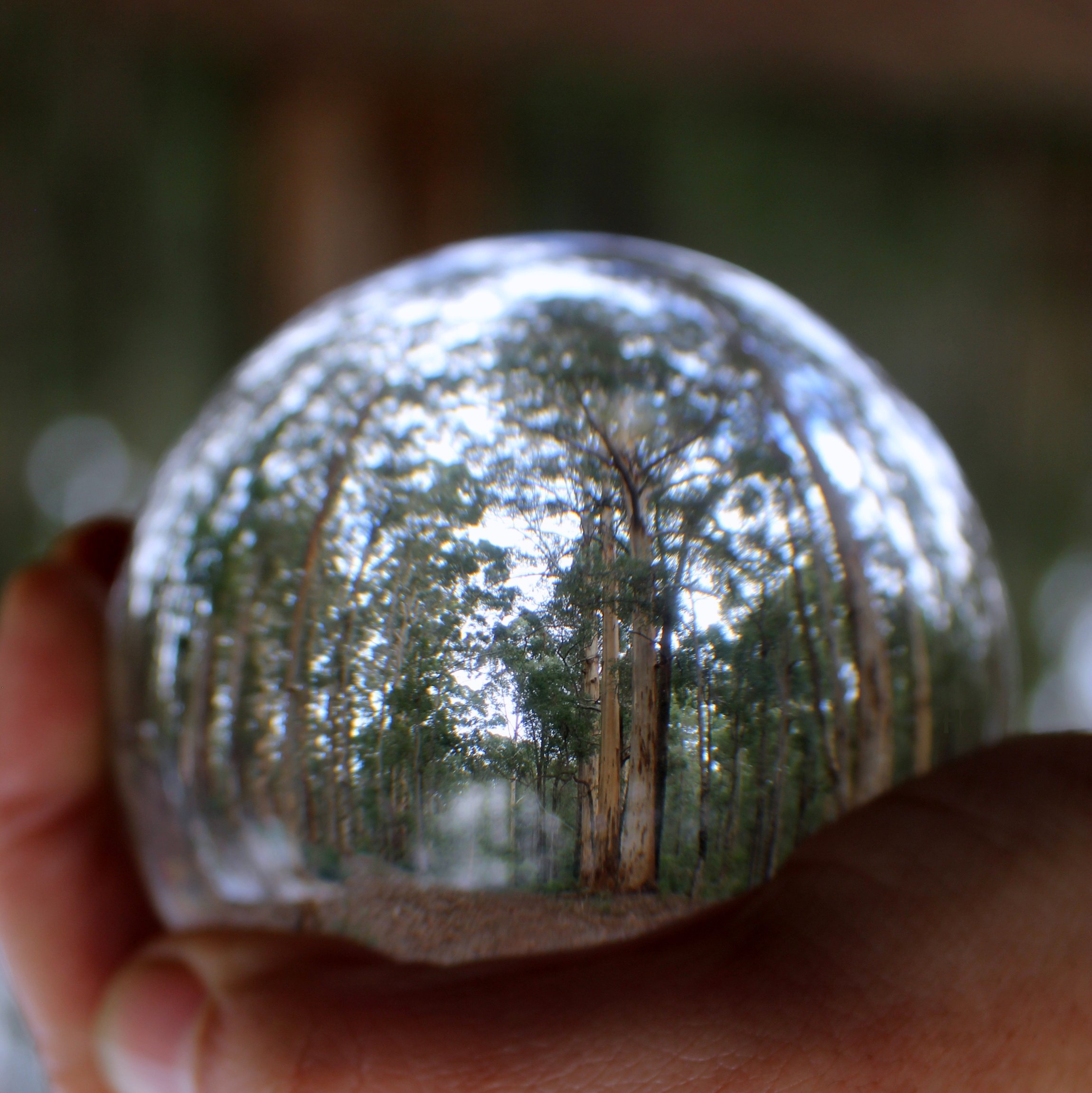Compassion: At the heart of sustainability
/Image by Helen Correia
by Helen Correia
How do we move forward toward a sustainable future? We can feel paralysed by the enormity of problems like climate change and our threat system overwhelms us, with young people experiencing high levels of climate anxiety. The solution requires a collective global effort, but it begins with each of us. As individuals we can support our personal sustainability by activating our soothing system, responding to distress with care and compassion.
Tending to ourselves in this way is critical for us to be able to turn towards threats to humanity and engage in global efforts in sustainability, such as working towards the United Nations 17 sustainable development goals . These goals are a global acknowledgement and commitment to alleviate suffering such as eliminating poverty, reducing inequality, and acting on climate change. Compassion as a foundation for these collective efforts in sustainability has been recognised by groups such as Australia’s Charter for Compassion and the Global Compassion Initiative.
Compassion sits at the heart of sustainability because it meets the needs of the present balanced with the needs of the future. Wise compassion asks that we recognise the interdependence of every element of this planet, acknowledge the potential impact of our actions, and seek to minimise the harm that our individual actions might cause. It is helpful to think of the three systems of motivation and emotion described by Paul Gilbert in Compassion Focused Therapy: threat (fight/flight), drive/excitement (wanting, consuming), and soothing (contentment, care, social safeness).
People dominated by drive and threat can pursue resources and cling to rewards at a cost to self, fellow beings, and the environment. We develop social, economic, and industrial systems that aggressively compete for status and increasingly scarce resources, leading to an unsustainable world. When we witness the suffering being created, compassion allows us to soothe and settle the sting of our reaction. Compassion also allows us to face this reality with courage, wisdom, care, and the commitment to address the suffering experienced by individuals, communities, and the natural world.
Connecting with natural environments overwhelmingly shows benefits for human health and wellbeing. Each of us can develop our own nature-based wellbeing plan that connects us not only to the natural world outside, but brings nature inside into our homes, recreational centres and workplaces through different kinds of nature based interventions . It also gives us an opportunity to feel connection to the natural world, feel awe, and to witness the interdependence of everything, including ourselves, unfolding in this moment. When we feel connection, we then care.
The late Venerable Thich Nhat Hanh calls this Interbeing
“If you are a poet, you will see clearly that there is a cloud floating in this sheet of paper. Without a cloud, there will be no rain; without rain, the trees cannot grow: and without trees, we cannot make paper. The cloud is essential for the paper to exist… "Interbeing" is a word that is not in the dictionary yet, but if we combine the prefix "inter" with the verb "to be", we have a new verb, inter-be. Without a cloud, we cannot have paper, so we can say that the cloud and the sheet of paper inter-are.”
This experience of connection and care is part of wise compassion. Separateness is an illusion: in order to care for ourselves, we need to care for each other, and we need to care for the planet.
So what does it mean to bring compassion into the moment in a way that supports sustainability? For me, it means that as I sit here typing these words, I notice the suffering that arises as I think of a planet in turmoil, I breathe, and I respond with care – a tender acceptance of the reality of this present experience. I know I am not alone in that experience and not alone in my commitment to change, there are many others who care, and that number is growing. It means I notice my actions that jeopardise sustainability, at home and at work, and I take steps to address it. It means that I look at the trees and up at the stars and know that we are a tiny pale blue dot in this vast universe, and I feel moved to do what I can to protect the only place that we can call home.
Resources:
If you would like to kindle that connection with nature, try this audio practice: Feeling the Awe of Nature
For practical ways to support action on climate change and empowering others to do so, visit Climate change - What you can do (APS: psychology.org.au)
For a range of different ideas on actions for sustainability try 170 actions to support a sustainable lifestyle
You can also read more about Paul Gilbert’s work on Compassion Focused Therapy and the three systems, as well as wisdom and courage in compassion via the CMA website.


